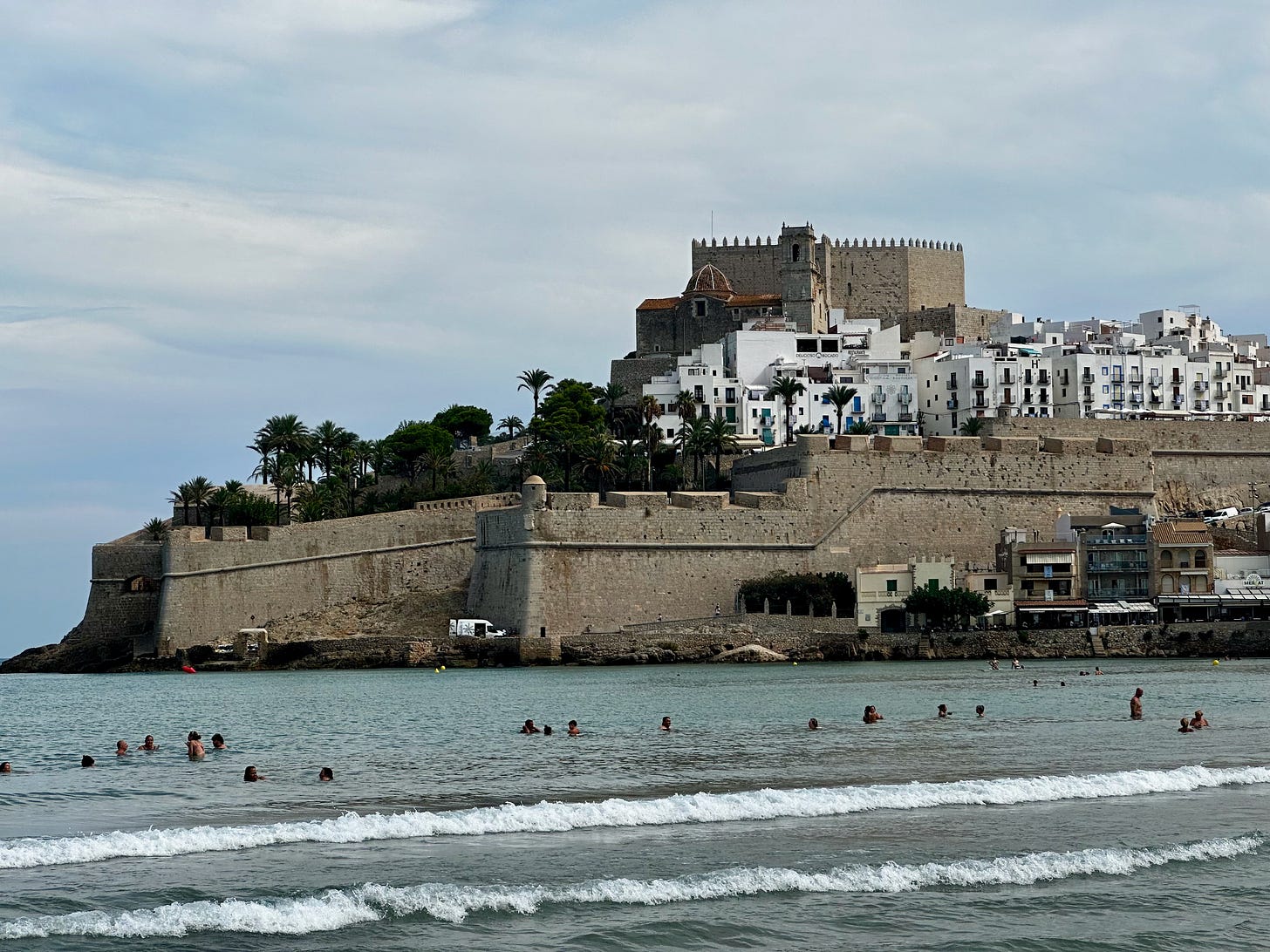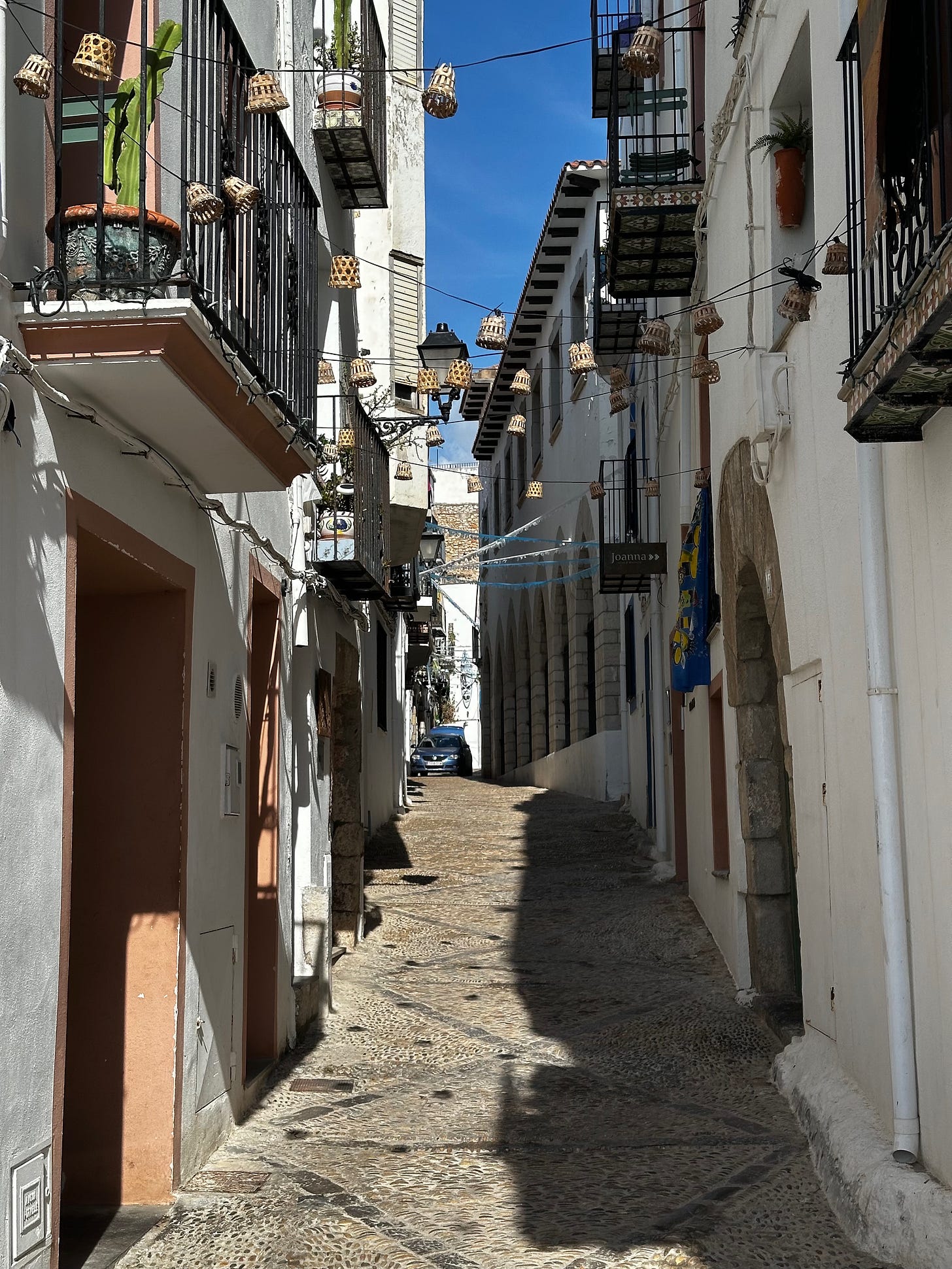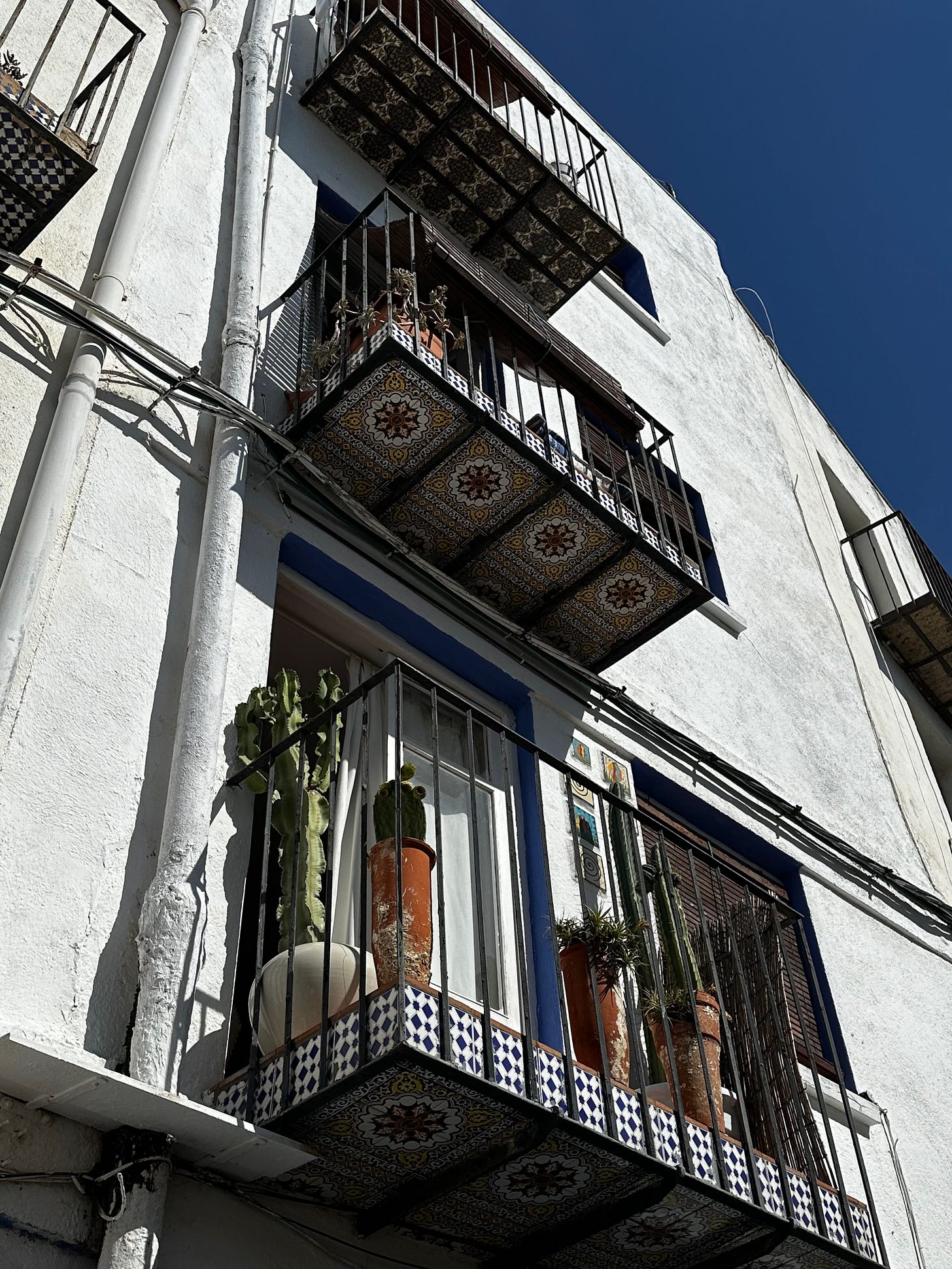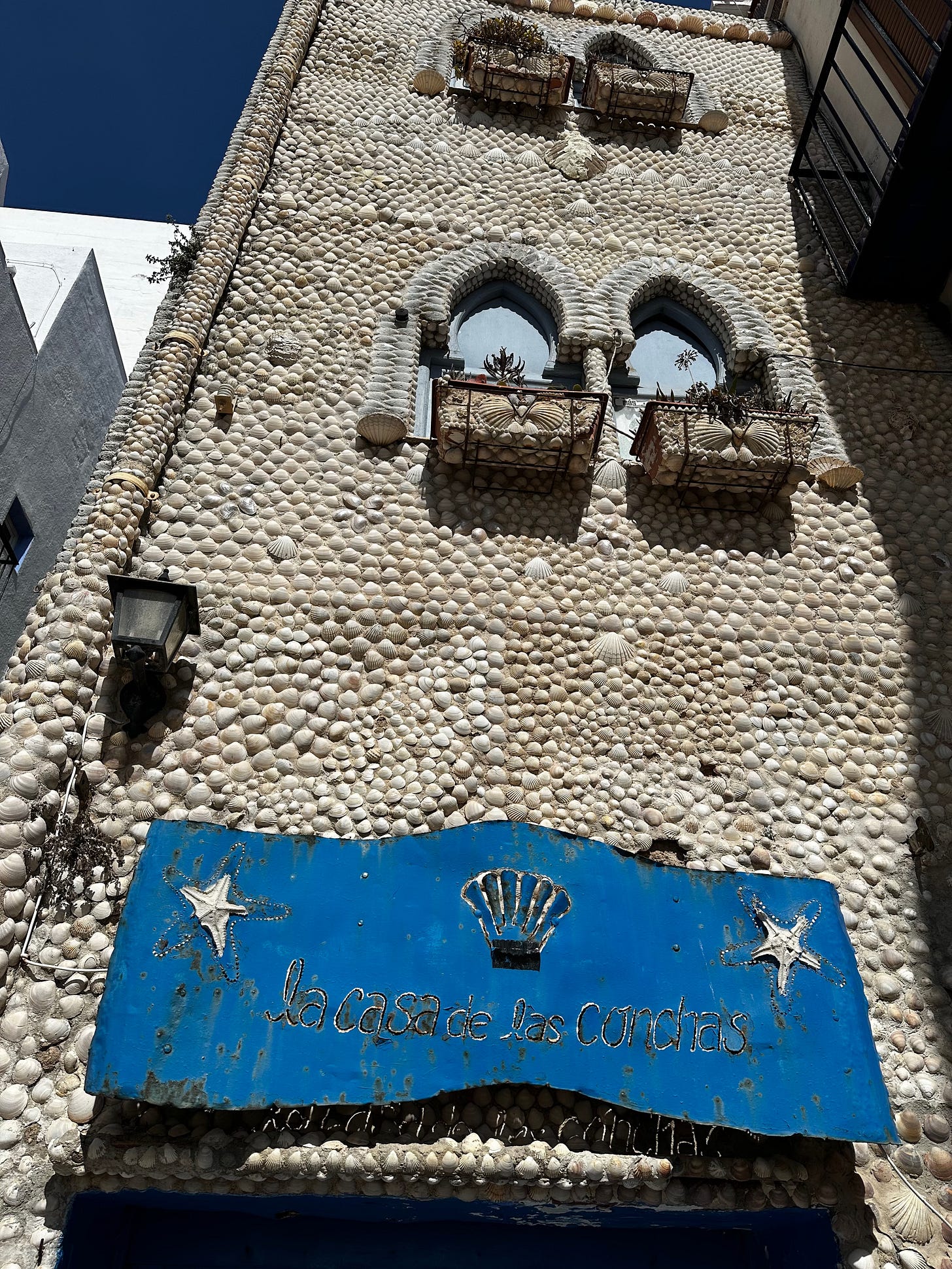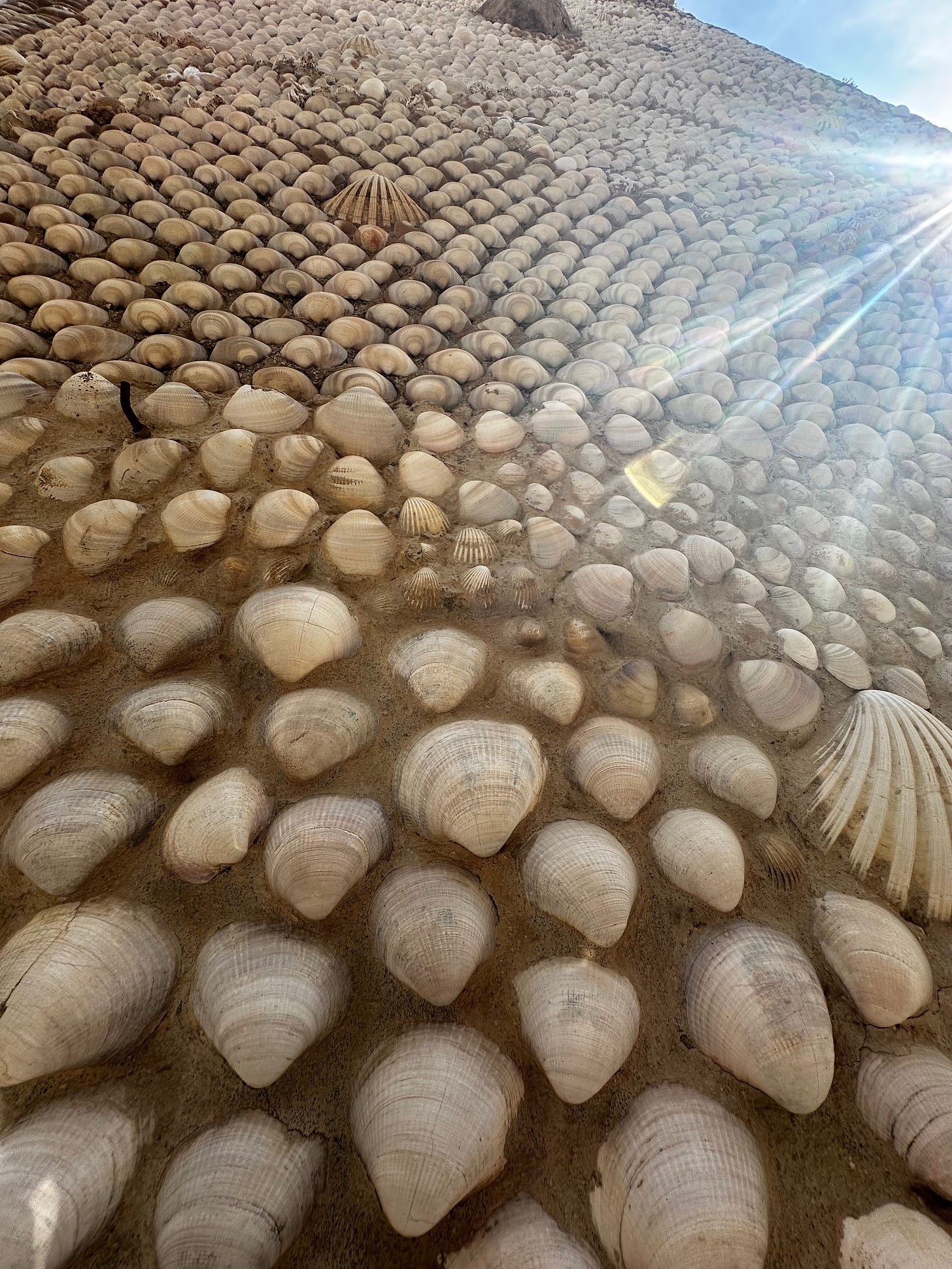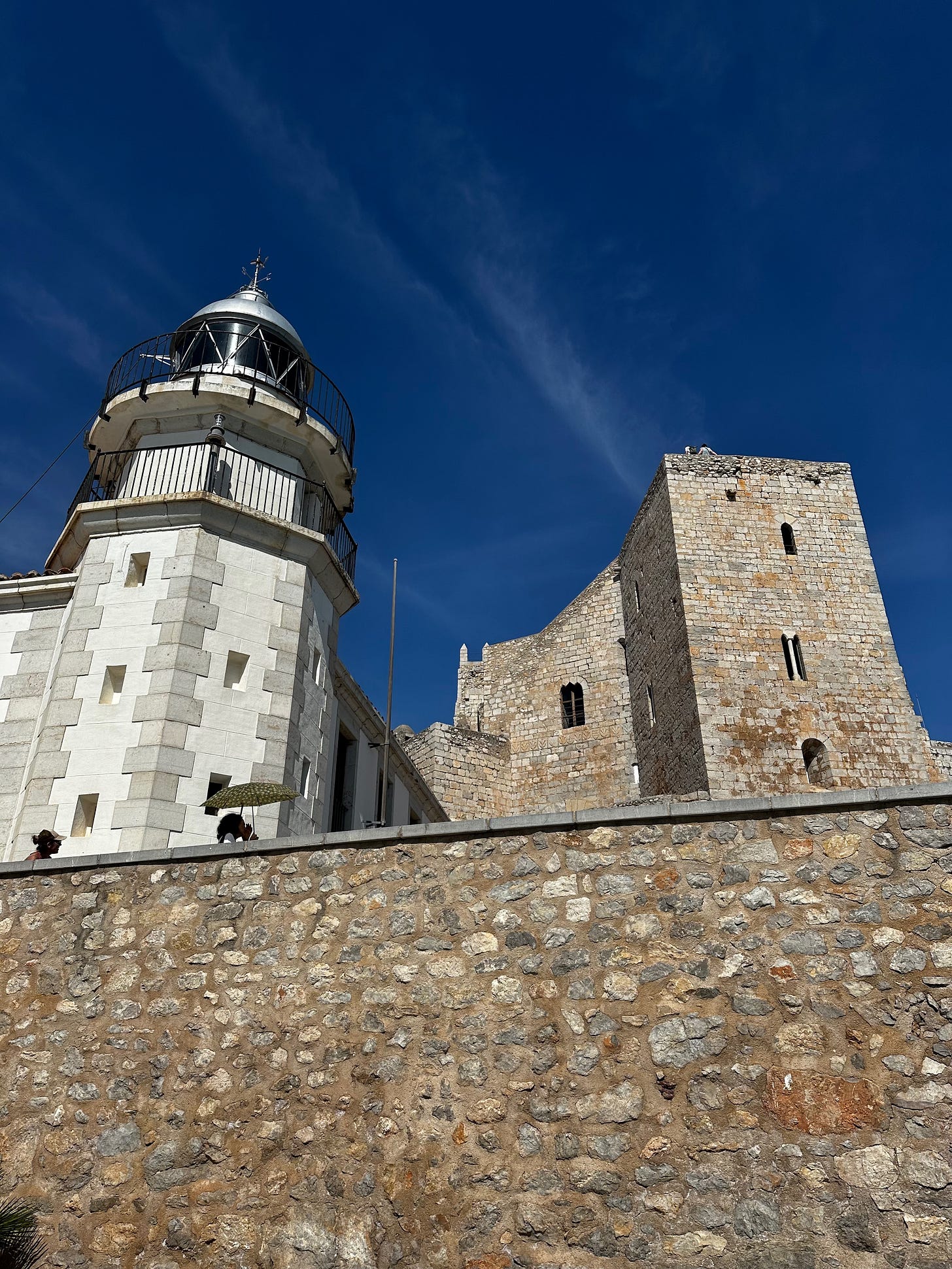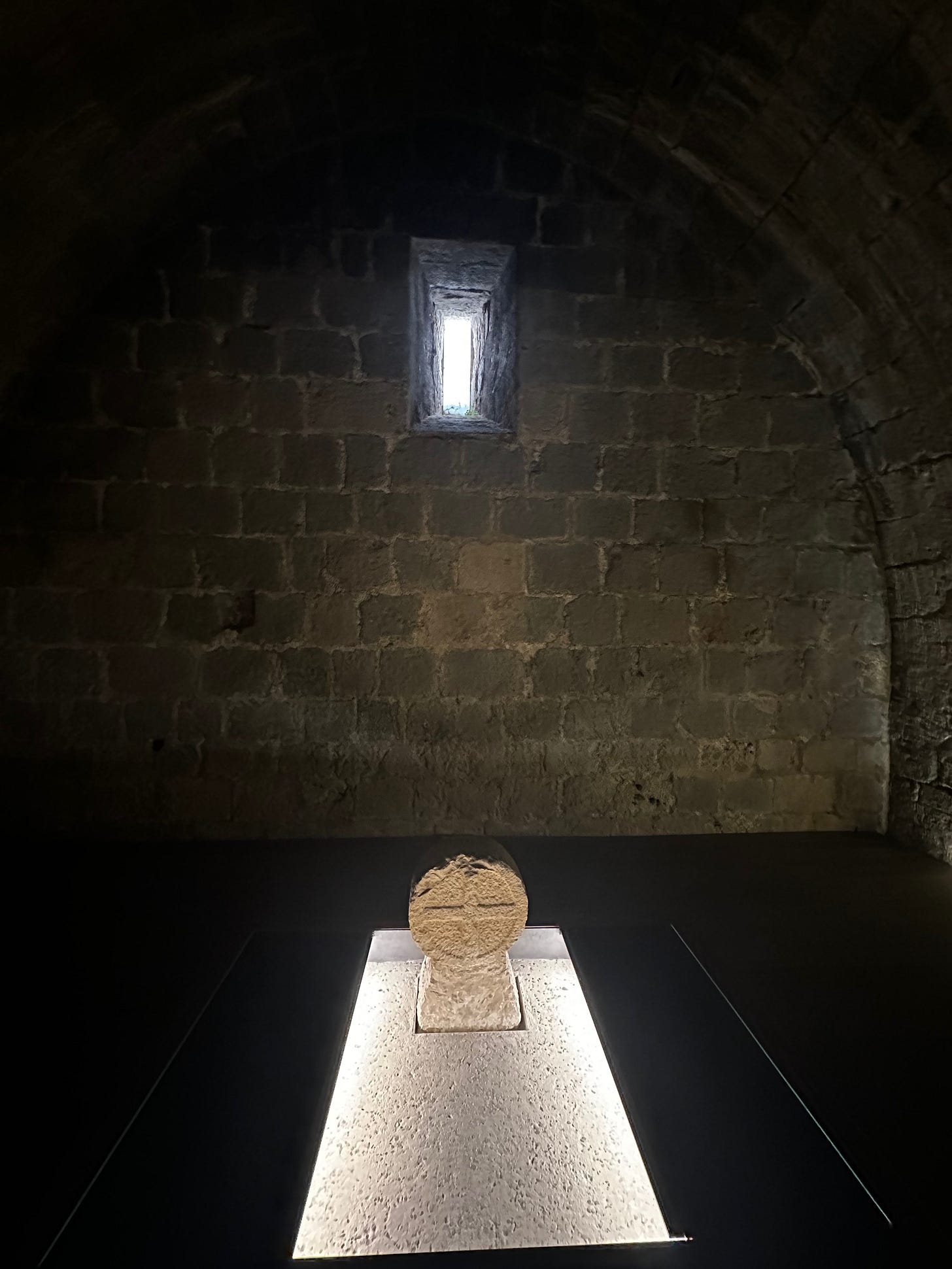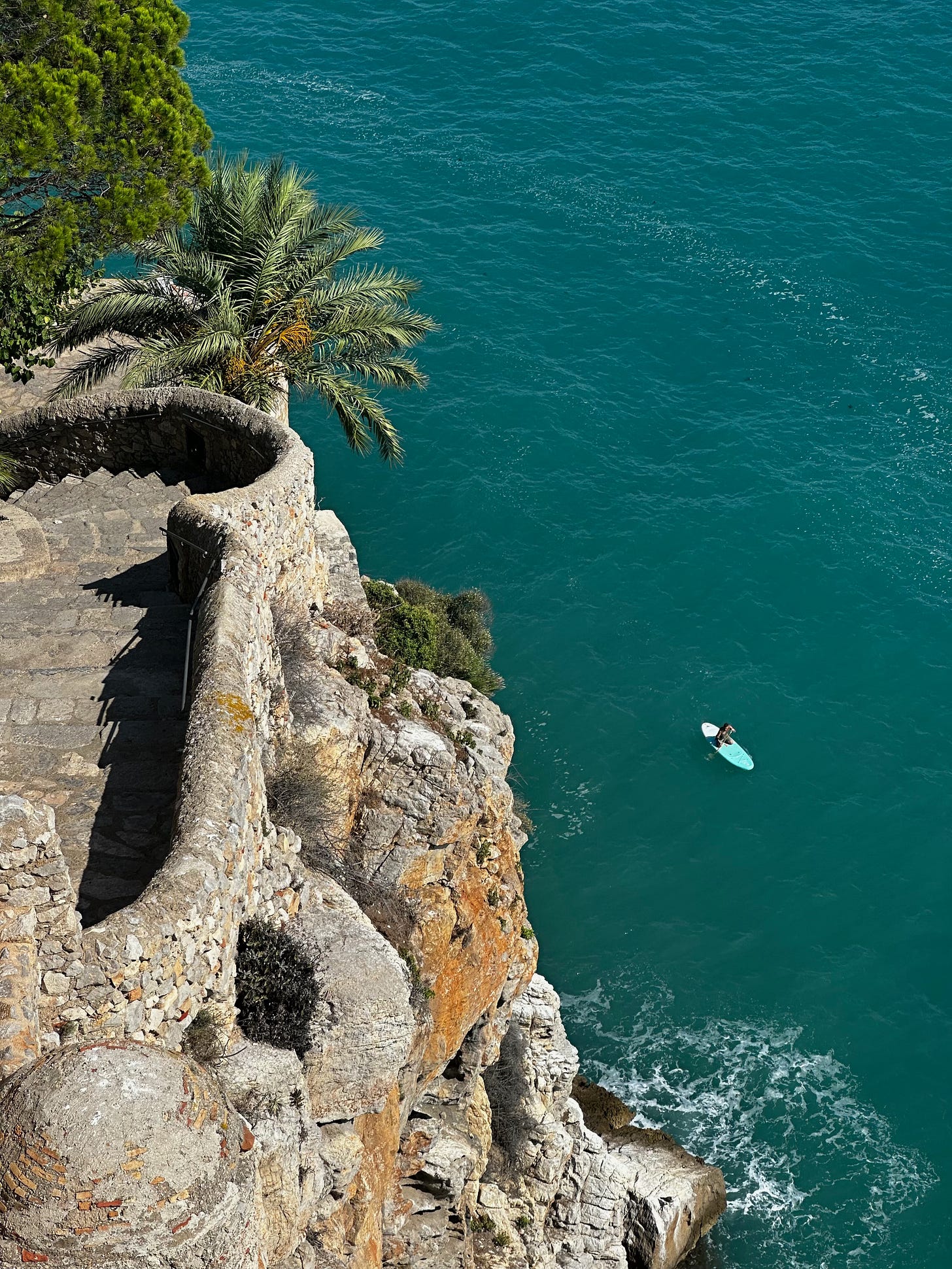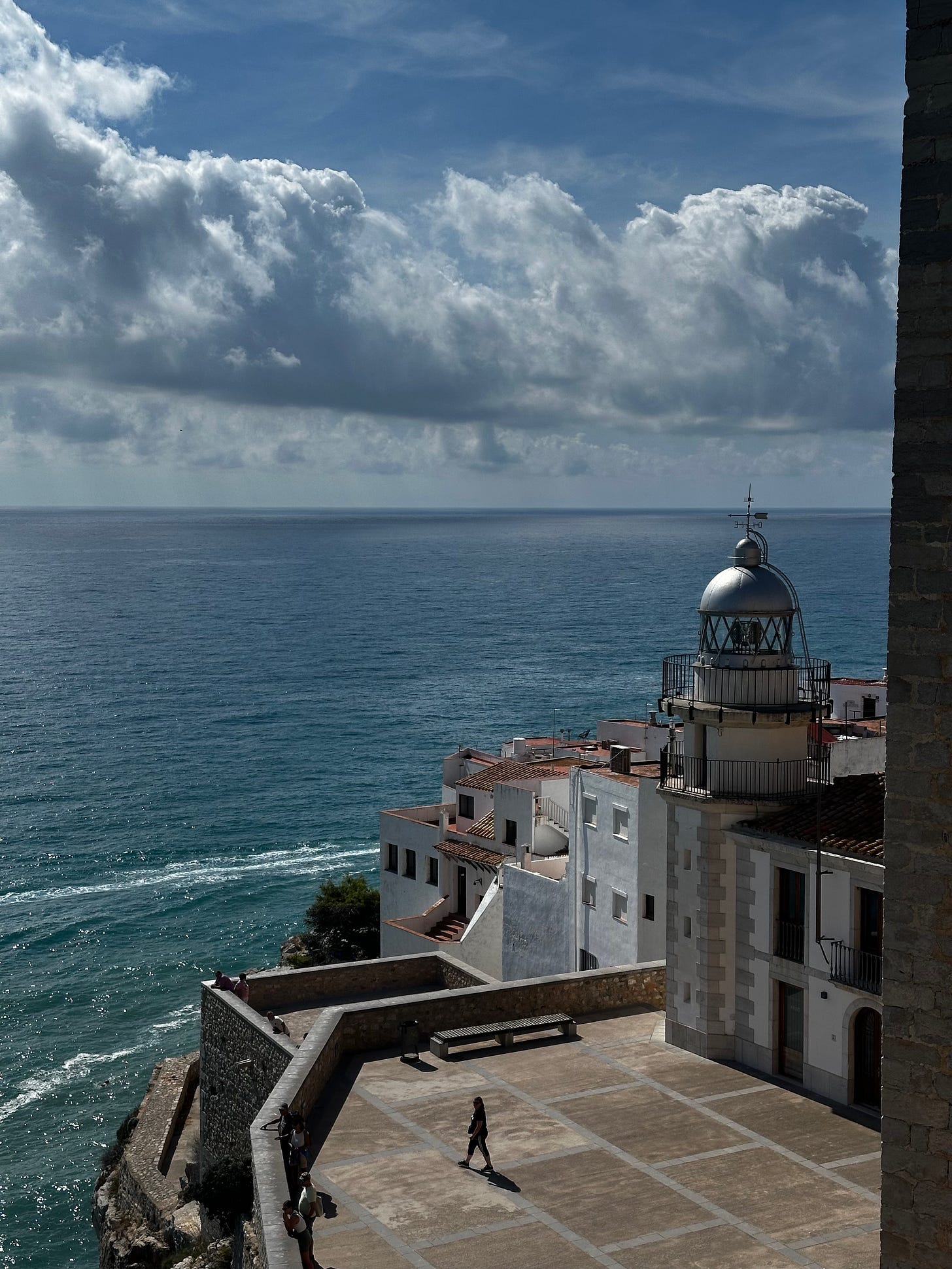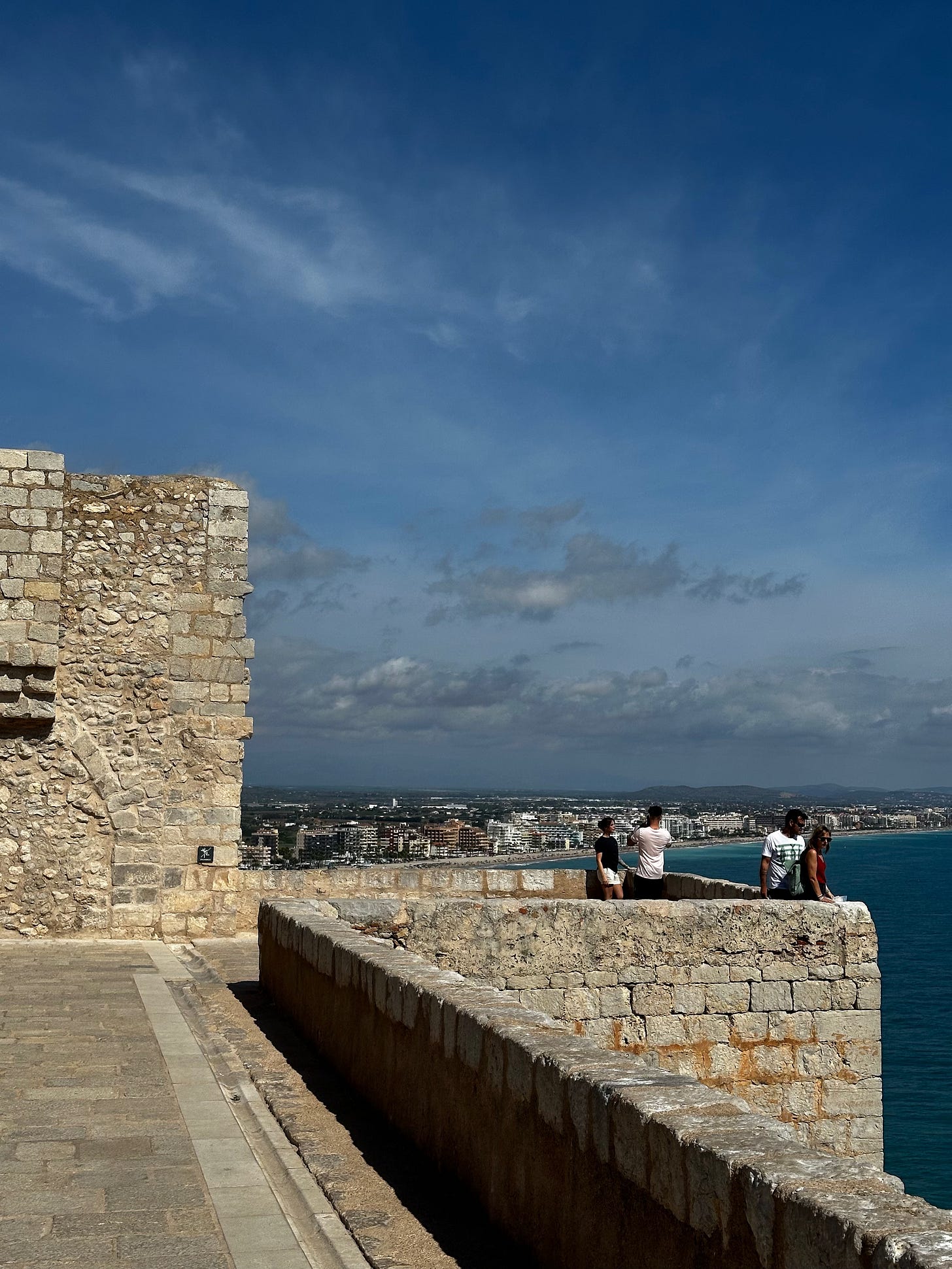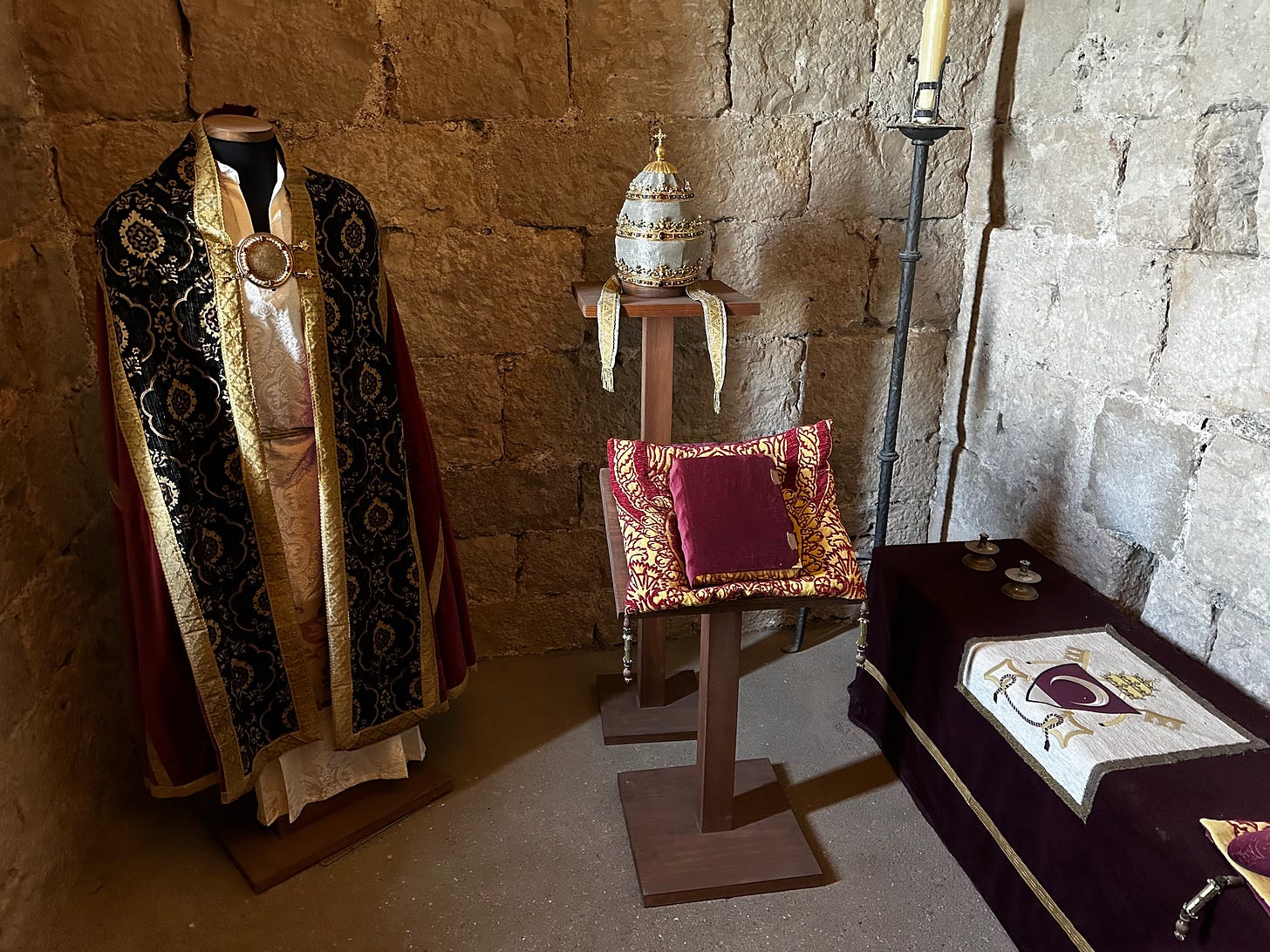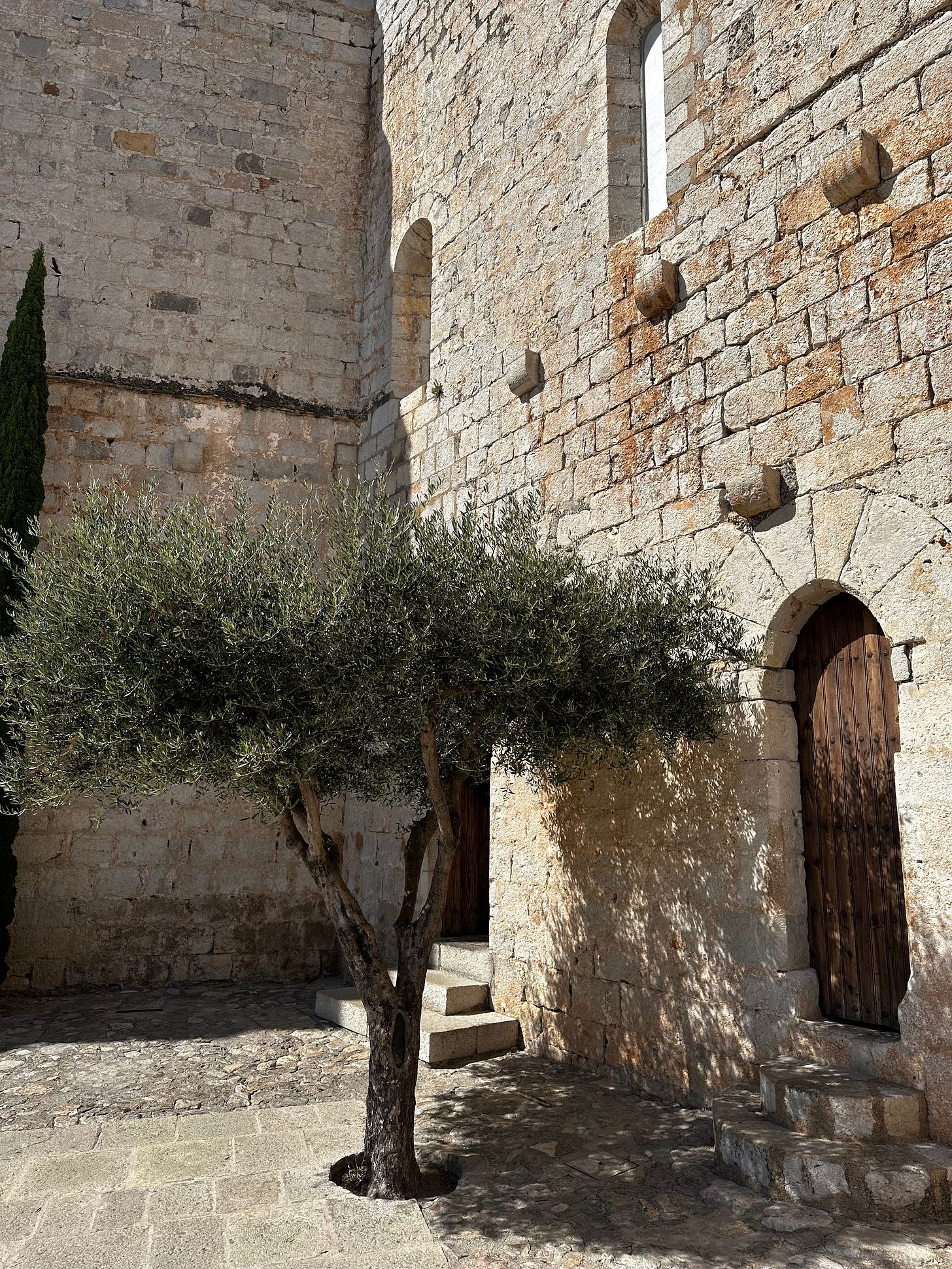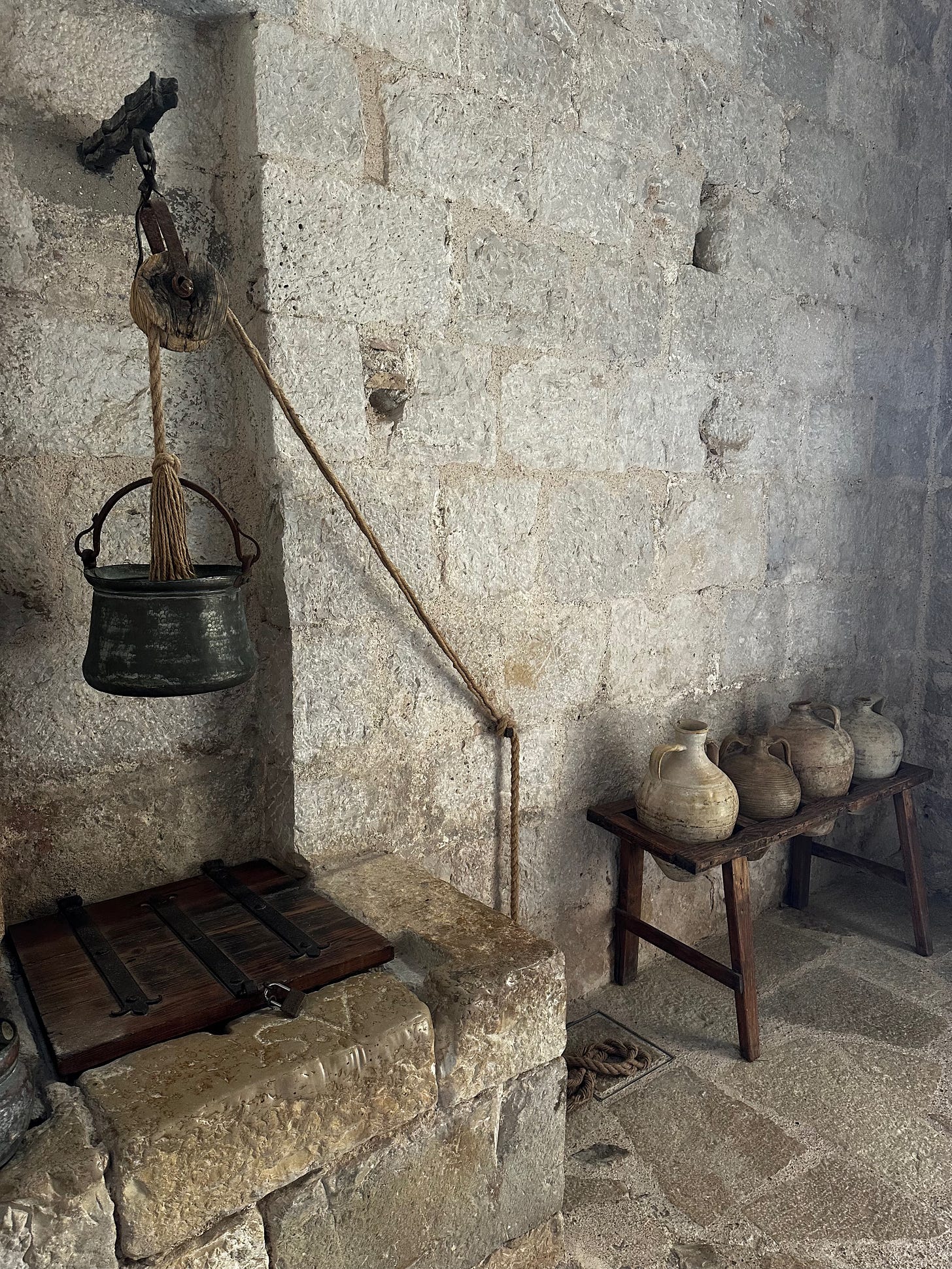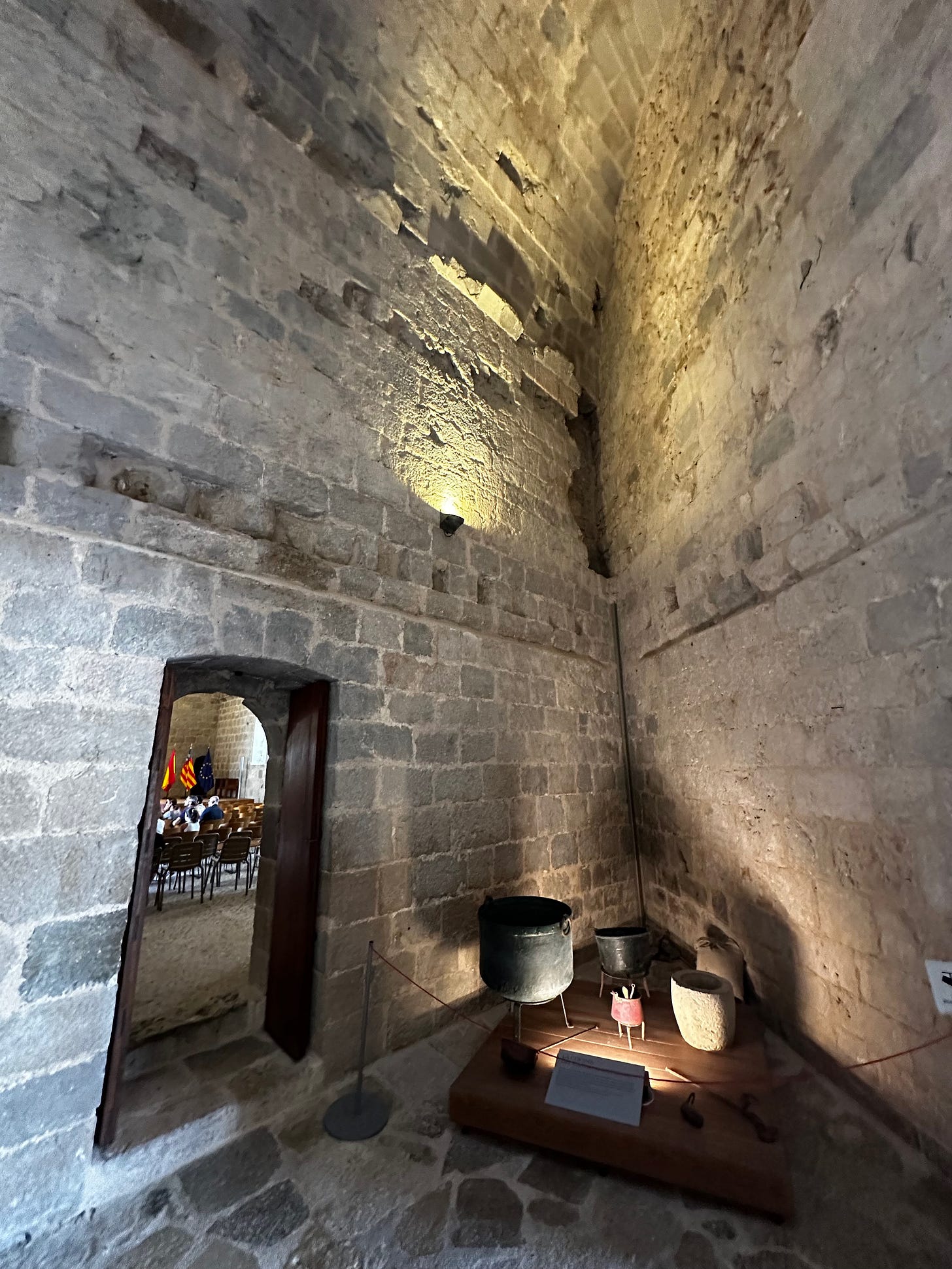A Citadel of Stubbornness: Pope Luna’s Castle
Exploring Castillo de Peñíscola: From Templar Fortress to Pope Luna’s Papal Seat on Spain’s Mediterranean Coast
Just after 11 a.m., I rolled into the seaside town of Peñíscola after a two-hour drive from Barcelona, punctuated by a quick breakfast and bathroom stop along the highway. The day had started bright and clear, with the promise of rising heat. By midday, the thermometer would hit 30°C, though a passing scatter of clouds occasionally softened the harsh Mediterranean sun.
The first sight of Peñíscola is a spectacle in itself: a rocky peninsula crowned with a looming fortress, jutting proudly into the cobalt-blue sea. The Castillo de Peñíscola—known locally as Castillo del Papa Luna—is one of Spain’s most extraordinary fortresses. What struck me immediately was how it dominated the landscape, its sheer walls seemingly rising out of the sea itself.
I hadn’t known quite what to expect from the visit, but as I wound my way up the cobbled lanes of the old town, surrounded by whitewashed houses and bougainvillaea-draped balconies, the scale of history waiting inside that citadel became unmistakable.
Peñíscola’s strategic importance has always been tied to its geography. The castle sits atop a tómbolo, a rocky headland connected to the mainland by only a thin strip of sand. This natural fortress made it nearly impregnable, and it has drawn settlers, conquerors, and dreamers for millennia.
The Greeks called it Quersonesos—“peninsula.” The Romans translated that into Paene Insula (“almost an island”), which gave us the modern name, Peñíscola. The Arabs who later held it renamed it Banaskula—“the impassable castle facing the sea.” No matter the culture, the same truth endured: this was a place to be defended, a stronghold against the world.
Archaeology traces human habitation here back to the Bronze Age, with the Iberian tribe of the Ilercavones leaving their mark long before Rome arrived. Phoenicians and Greeks traded here, and under Roman rule, the port became part of the great Via Augusta, shipping olive oil, wine, and goods across the empire.
The Muslim conquest of 718 transformed Peñíscola into Banaskula, a formidable coastal bastion. Arab geographers described it as an “impassable castle by the sea.” It flourished as a trading hub and a defensive post, even serving as a base for the famed “Wolf King,” Mohamed Ben Mardanis, in the 12th century.
This era ended with the Reconquista. King Jaume I took Peñíscola in 1233, at first allowing Muslim inhabitants to stay, but by 1251 their lands were granted to new Christian settlers. The old Moorish citadel was demolished to make way for something entirely new: a fortress that would become one of the Templars’ crowning achievements.
In 1294, King Jaume II entrusted the site to the Knights Templar. Over thirteen years, they built a sober yet monumental fortress: thick walls of finely cut stone, interiors covered with sturdy barrel vaults, and a chapel dedicated to the Virgin.



